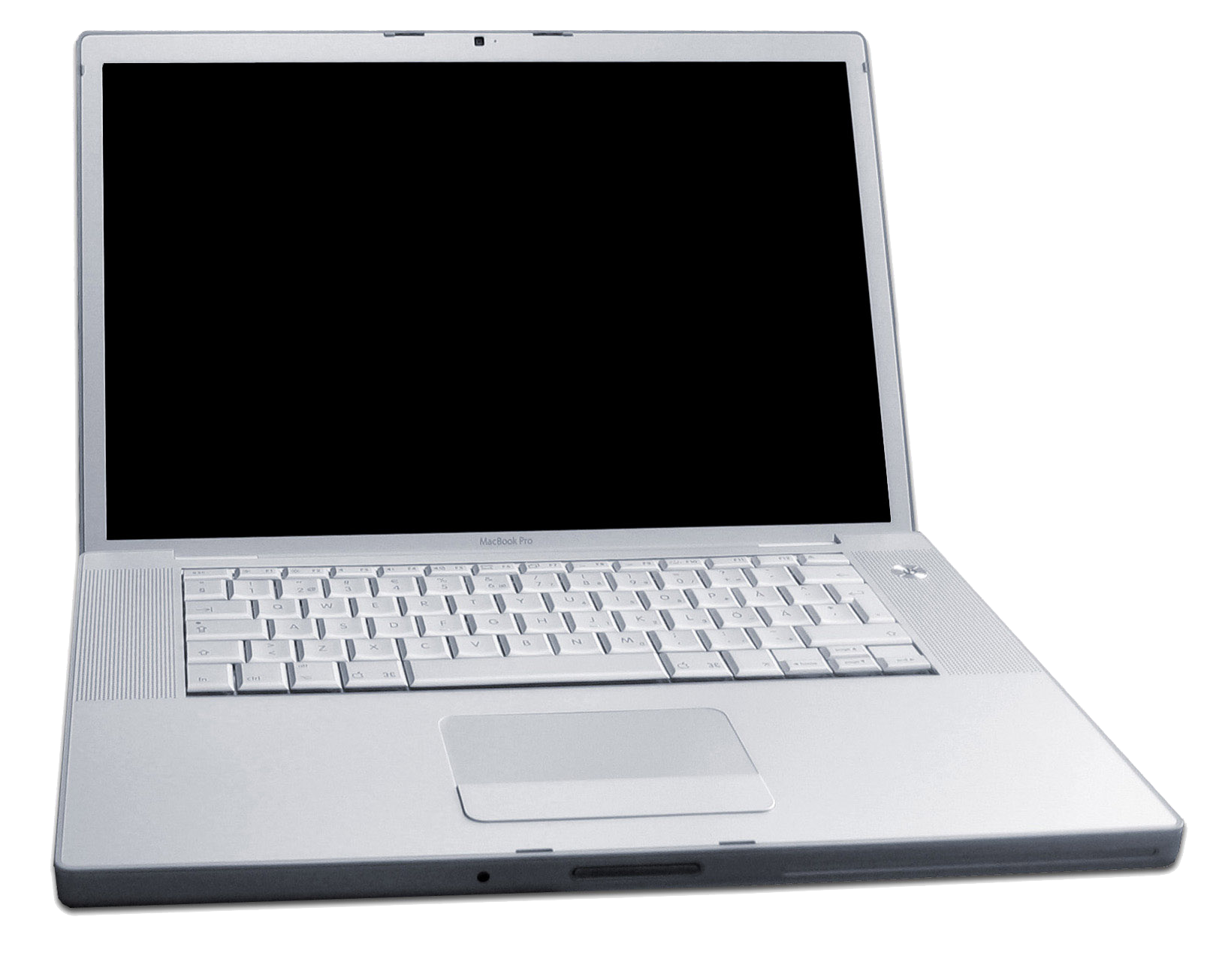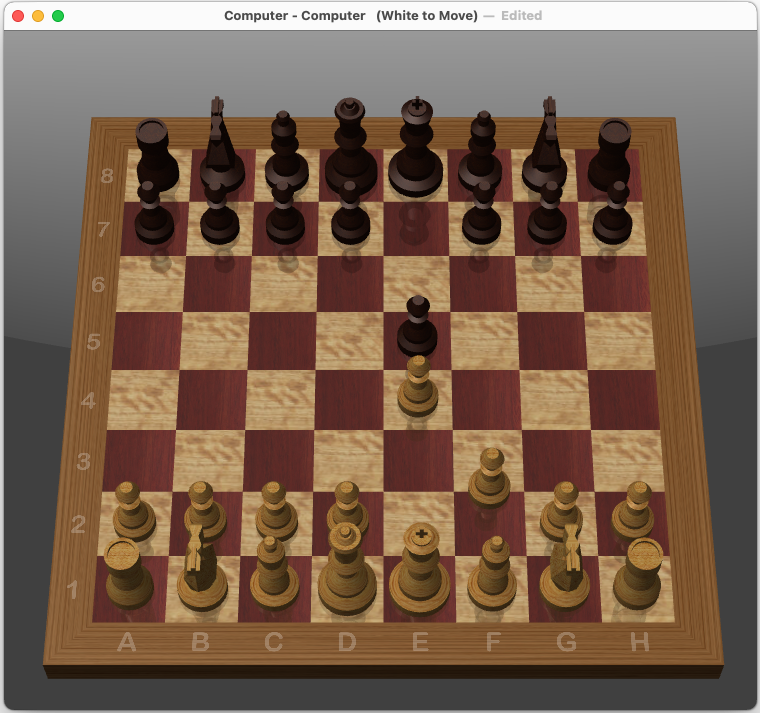|
Apple Advanced Technology Group
The Advanced Technology Group (ATG) was a corporate research laboratory at Apple Computer from 1986 to 1997. ATG was an evolution of Apple's Education Research Group (ERG) and was started by Larry Tesler in October 1986 to study long-term research into future technologies that were beyond the time frame or organizational scope of any individual product group. Over the next decade, it was led by David Nagel, Richard LeFaivre, and Donald Norman. It was known as Apple Research Labs during Norman's tenure as VP of the organization. Steve Jobs closed the group when he returned to Apple in 1997. ATG had research efforts in both hardware and software, with groups focused on such areas as Human-Computer Interaction, Speech Recognition (by Kai-Fu Lee), Educational Technology, Networking, Information Access, Distributed Operating systems, Collaborative Computing, Computer Graphics, and Language/action perspective. Many of these efforts are described in a special issue of the ACM SI ... [...More Info...] [...Related Items...] OR: [Wikipedia] [Google] [Baidu] |
Cupertino City Center
Cupertino ( ) is a city in Santa Clara County, California, United States, directly west of San Jose on the western edge of the Santa Clara Valley with portions extending into the foothills of the Santa Cruz Mountains. The population was 57,820 as of the 2020 census. It is known for being the home of Apple Inc., headquartered at Apple Park. Etymology Cupertino was named after ''Arroyo'' ''San José de Cupertino'' (now Stevens Creek). The creek had been named by Spanish explorer Juan Bautista de Anza's cartographer, who named it after Saint Joseph of Cupertino. Saint Joseph ( it, Giuseppe da Copertino) was born Giuseppe Maria Desa, and was later named after the town of Copertino, where he was born, in the Apulia region of Italy. The name ''Cupertino'' first became widely used when John T. Doyle, a San Francisco lawyer, and historian, named his winery on McClellan Road ''Cupertino''. After the turn of the 20th century, Cupertino displaced the former name for the region, which wa ... [...More Info...] [...Related Items...] OR: [Wikipedia] [Google] [Baidu] |
QuickTime
QuickTime is an extensible multimedia framework developed by Apple Inc., capable of handling various formats of digital video, picture, sound, panoramic images, and interactivity. Created in 1991, the latest Mac version, QuickTime X, is available for Mac OS X Snow Leopard up to macOS Mojave. Apple ceased support for the Windows version of QuickTime in 2016, and ceased support for QuickTime 7 on macOS in 2018. As of Mac OS X Lion, the underlying media framework for QuickTime, QTKit, was deprecated in favor of a newer graphics framework, AVFoundation, and completely discontinued as of macOS Catalina. Overview QuickTime is bundled with macOS. QuickTime for Microsoft Windows is downloadable as a standalone installation, and was bundled with Apple's iTunes prior to iTunes 10.5, but is no longer supported and therefore security vulnerabilities will no longer be patched. Already, at the time of the Windows version's discontinuation, two such zero-day vulnerabilities (both of whi ... [...More Info...] [...Related Items...] OR: [Wikipedia] [Google] [Baidu] |
Apple Data Detectors
An apple is an edible fruit produced by an apple tree (''Malus domestica''). Apple trees are cultivated worldwide and are the most widely grown species in the genus ''Malus''. The tree originated in Central Asia, where its wild ancestor, ''Malus sieversii'', is still found today. Apples have been grown for thousands of years in Asia and Europe and were brought to North America by European colonists. Apples have religious and mythological significance in many cultures, including Norse, Greek, and European Christian tradition. Apples grown from seed tend to be very different from those of their parents, and the resultant fruit frequently lacks desired characteristics. Generally, apple cultivars are propagated by clonal grafting onto rootstocks. Apple trees grown without rootstocks tend to be larger and much slower to fruit after planting. Rootstocks are used to control the speed of growth and the size of the resulting tree, allowing for easier harvesting. There are more th ... [...More Info...] [...Related Items...] OR: [Wikipedia] [Google] [Baidu] |
1986 Möbius ARM Based Computer Prototype
The Mac transition to Apple silicon is the process of changing the central processing units (CPUs) of Apple Inc.'s line of Mac computers from Intel's x86-64 processors to Apple-designed systems on a chip that use the ARM64 architecture. CEO Tim Cook announced a "two-year transition plan" in his WWDC keynote address on June 22, 2020, and the first Macs with Apple-designed systems on a chip were released that November. This is the third time Apple has switched the Macintosh to a new instruction set architecture. The first was from the Motorola 68000 series to PowerPC chips in 1994 and the second from PowerPC to Intel processors using the x86 architecture in 2005–2006. Background The Macintosh was initially based on the Motorola 68000 architecture, switching, after evaluating several possibilities, to the PowerPC family Apple co-developed with IBM and Motorola, in the early 1990s. With its second architecture switch, starting in 2005, to Intel 32-bit and 64-bit x86, wit ... [...More Info...] [...Related Items...] OR: [Wikipedia] [Google] [Baidu] |
Speech Recognition
Speech recognition is an interdisciplinary subfield of computer science and computational linguistics that develops methodologies and technologies that enable the recognition and translation of spoken language into text by computers with the main benefit of searchability. It is also known as automatic speech recognition (ASR), computer speech recognition or speech to text (STT). It incorporates knowledge and research in the computer science, linguistics and computer engineering fields. The reverse process is speech synthesis. Some speech recognition systems require "training" (also called "enrollment") where an individual speaker reads text or isolated vocabulary into the system. The system analyzes the person's specific voice and uses it to fine-tune the recognition of that person's speech, resulting in increased accuracy. Systems that do not use training are called "speaker-independent" systems. Systems that use training are called "speaker dependent". Speech recognition ... [...More Info...] [...Related Items...] OR: [Wikipedia] [Google] [Baidu] |
AppleScript
AppleScript is a scripting language created by Apple Inc. that facilitates automated control over scriptable Mac applications. First introduced in System 7, it is currently included in all versions of macOS as part of a package of system automation tools. The term "AppleScript" may refer to the language itself, to an individual script written in the language, or, informally, to the macOS Open Scripting Architecture that underlies the language. Overview AppleScript is primarily a scripting language developed by Apple to do inter-application communication (IAC) using Apple events. AppleScript is related to, but different from, Apple events. Apple events are designed to exchange data between and control other applications in order to automate repetitive tasks. AppleScript has some processing abilities of its own, in addition to sending and receiving Apple events to applications. AppleScript can do basic calculations and text processing, and is extensible, allowing the use of ... [...More Info...] [...Related Items...] OR: [Wikipedia] [Google] [Baidu] |
Apple Events
Apple events are the message-based interprocess communication mechanism in Mac OS, first making an appearance in System 7 and supported by every version of the classic Mac OS since then and by macOS. Apple events describe "high-level" events such as "open document" or "print file", whereas earlier OSs had supported much more basic events, namely "click" and "keypress". Apple events form the basis of the Mac OS scripting system, the Open Scripting Architecture (the primary language of such being AppleScript). The starting point is a dynamically-typed, extensible descriptor format called an AEDesc, which is just an OSType code specifying the data type, together with a block of type-dependent data. For instance, the OSType code inte indicates that the data was a four-byte signed integer in big-endian format. Besides predefined type codes for various common simple types, there are two predefined structured descriptor types: an AERecord, which has data type reco (record), and AEList ... [...More Info...] [...Related Items...] OR: [Wikipedia] [Google] [Baidu] |
HyperCard
HyperCard is a software application and development kit for Apple Macintosh and Apple IIGS computers. It is among the first successful hypermedia systems predating the World Wide Web. HyperCard combines a flat-file database with a graphical, flexible, user-modifiable interface. HyperCard includes a built-in programming language called HyperTalk for manipulating data and the user interface. This combination of features – a database with simple form layout, flexible support for graphics, and ease of programming – suits HyperCard for many different projects such as rapid application development of applications and databases, interactive applications with no database requirements, command and control systems, and many examples in the demoscene. HyperCard was originally released in 1987 for $49.95 and was included free with all new Macs sold afterwards. It was withdrawn from sale in March 2004, having received its final update in 1998 upon the return of Steve Jobs to Apple. Hyp ... [...More Info...] [...Related Items...] OR: [Wikipedia] [Google] [Baidu] |
ColorSync
This is a list of macOS built-in apps and system components. Applications App Store The Mac App Store is macOS's digital distribution platform for macOS apps, created and maintained by Apple Inc. based on the iOS version, the platform was announced on October 20, 2010, at Apple's "Back to the Mac" event. First launched on January 6, 2011, as part of the free Mac OS X 10.6.6 update for all current Mac OS X Snow Leopard, Snow Leopard users, Apple began accepting app submissions from Apple Developer, registered developers on November 3, 2010, in preparation for its launch. After 24 hours of release, Apple announced that there were over one million downloads. Automator Automator is an app used to create workflows for automating repetitive tasks into Batch processing, batches for quicker alteration via point-and-click (or drag and drop). This saves time and effort over human intervention to manually change each file separately. Automator enables the repetition of tasks across a wi ... [...More Info...] [...Related Items...] OR: [Wikipedia] [Google] [Baidu] |




_clear_background.png)
